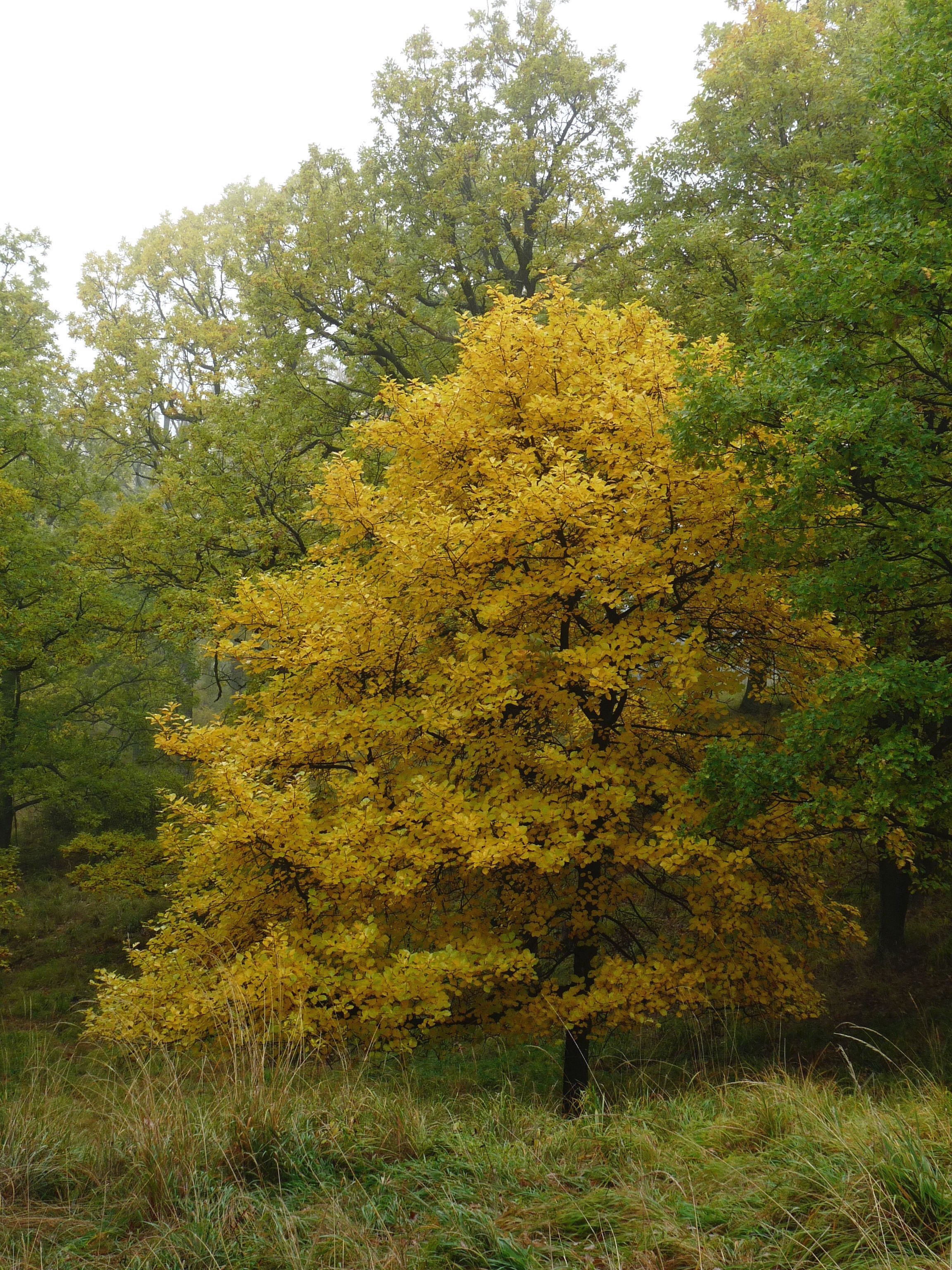Report: 58% of Europe-only trees face extinction threat

In this undated handout photo provided by International Union for Conservation of Nature, a critically endangered Sorbus rhodanthera is seen in Czech Republic. An international conservation group is warning that more than half of the trees in Europe that exist nowhere else in the world are threatened with extinction. The International Union for the Conservation of Nature says in their latest assessment of Europe’s biodiversity that 58% of the 454 trees species native to the continent are threatened, and 15% are “critically endangered” – one step away from extinction. (Martin Lepsi/IUCN via AP)
GENEVA — An international conservation group is warning that more than half of the European tree species that exist nowhere else in the world are threatened with extinction.
The International Union for the Conservation of Nature said in a new report Friday that 58% of Europe’s 265 endemic trees face an elevated risk of disappearing from the continent.
More than 150 experts contributed to the report, which the conservancy called the first comprehensive assessment of the extinction threat for all types of trees native to Europe.
The European Red List of Trees classified 37% of Europe’s 454 native tree species as “threatened.” Of those, 15% are “critically endangered,” a step away from extinction, the report said..
The findings come amid heightened concern about environmental issues and extinction risks in Europe and beyond. A U.N. report on biodiversity released in May warned that extinction looms for over 1 million species of plants and animals.
IUCN, a 71-year-old organization known for its “Red List” classification of threatened species, said that “invasive and problematic” species are the top threat to European trees, with urban development and “unsustainable logging” as other factors.
The group’s Europe director, Luc Bas, said “human-led activities” were resulting in population declines of important tree species.
Among the recommendations , the report’s authors called for the creation of protected areas, improved monitoring and increased research on the impacts of climate change on forests and individual tree species.
The conservancy highlighted Aesculus hippocastanum, or the horse chestnut tree, native to southeastern Europe. The polished brown conker inside its spiked fruit “is perhaps more famous than the tree itself” because of its use in children’s playground games, the report said.
The species, present in Europe since before the last Ice Age, has been threatened by defoliation because of the leaf miner moth, and a blotch caused by a fungus, as well as by human pressures. It is endangered in Bulgaria and Greece and critically endangered in Albania. /muf